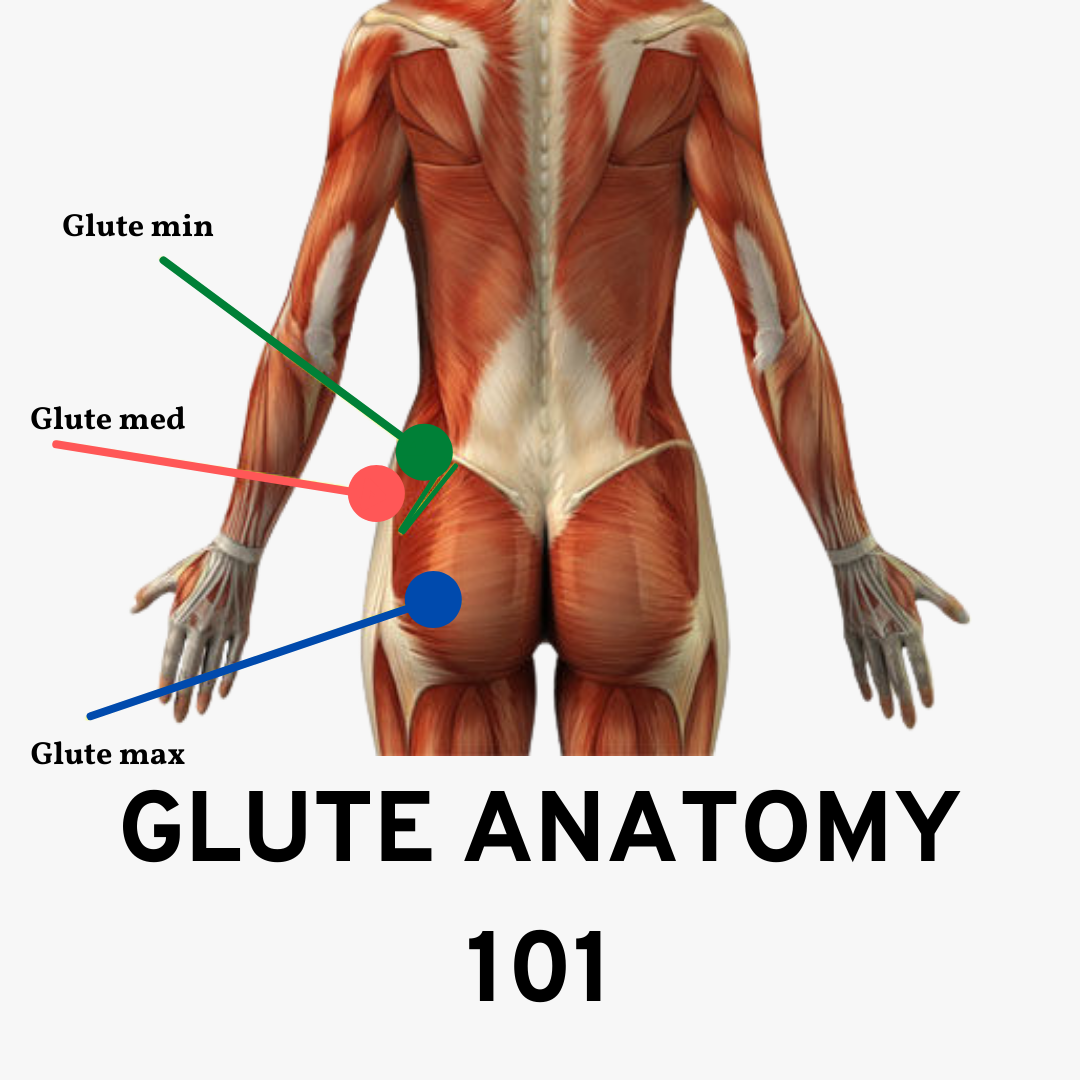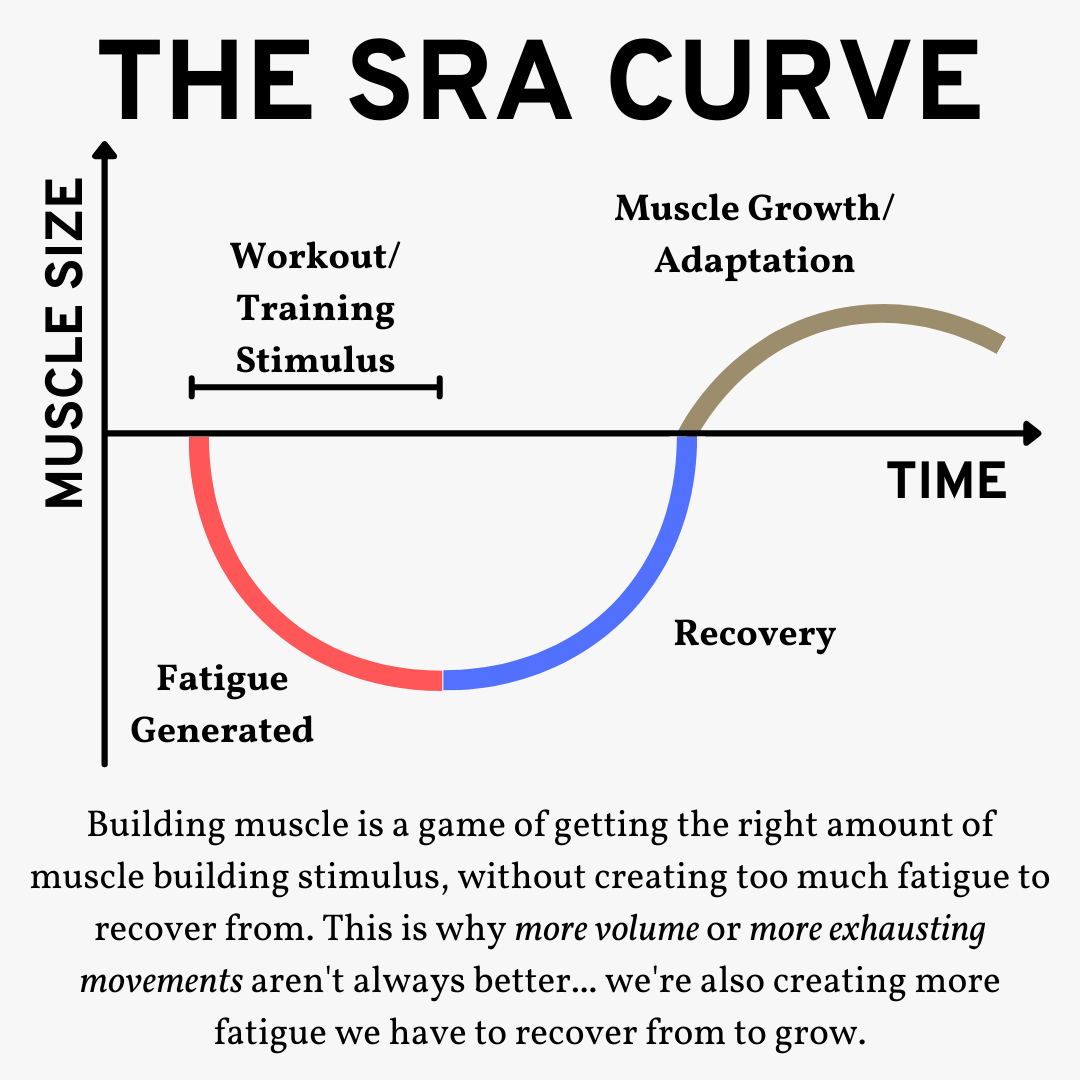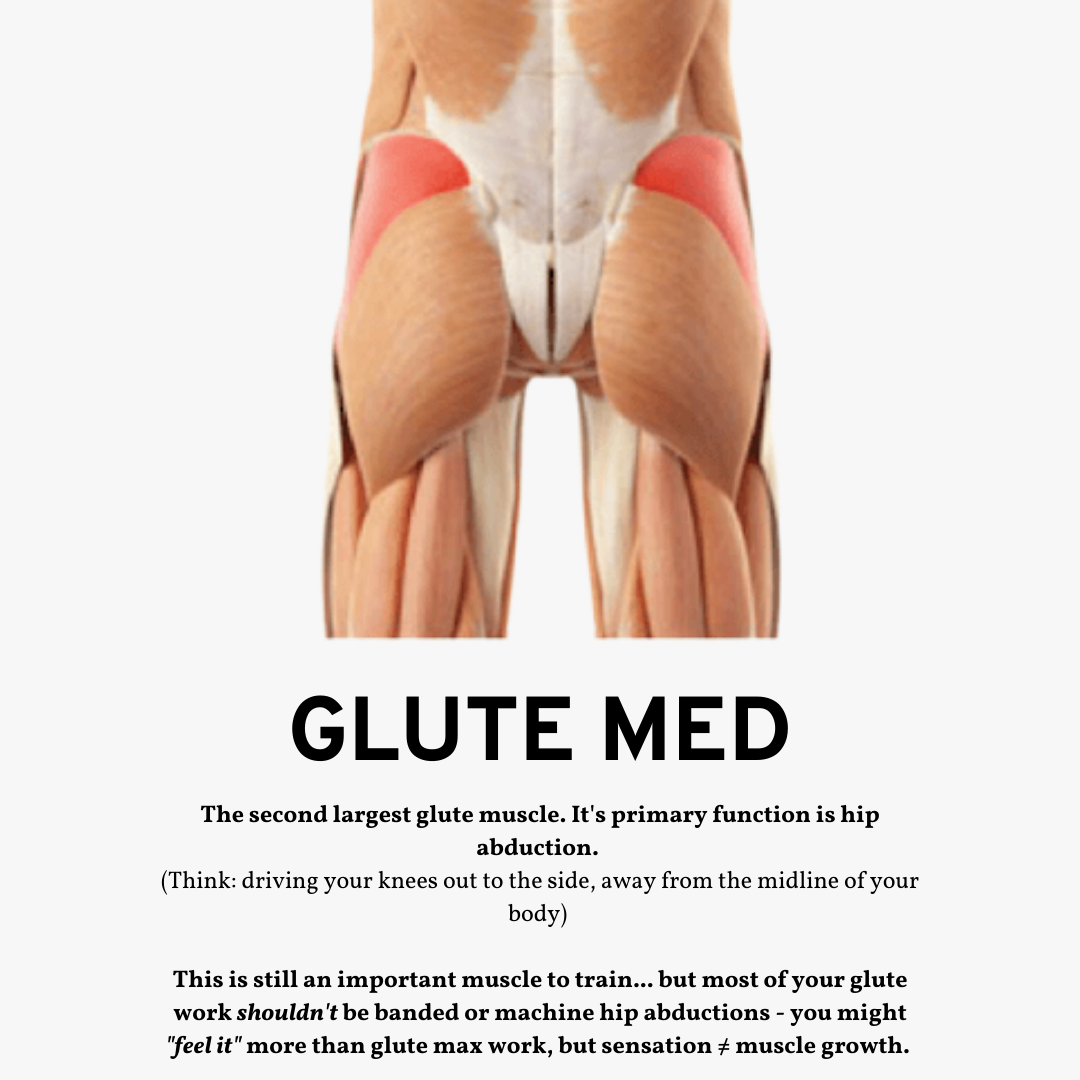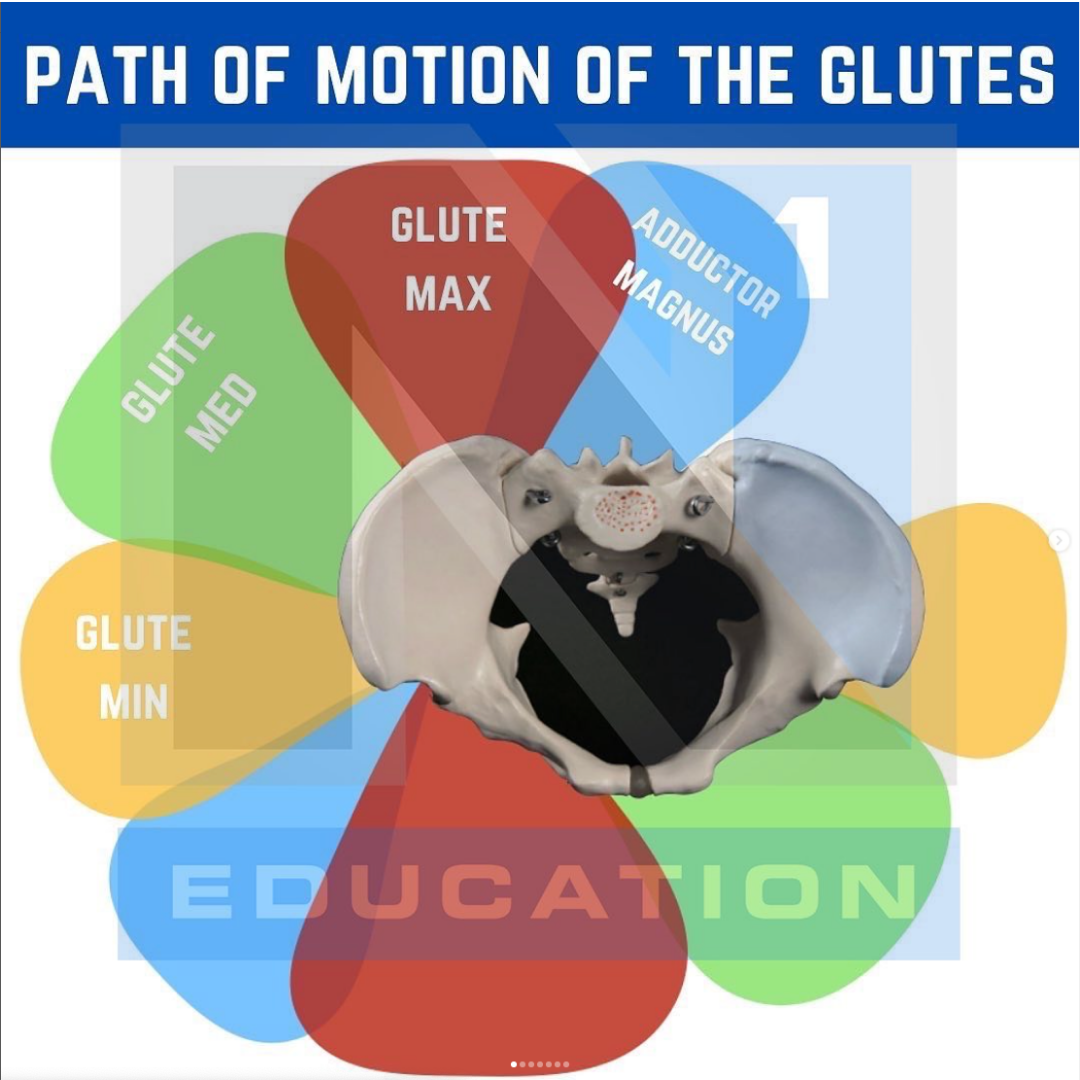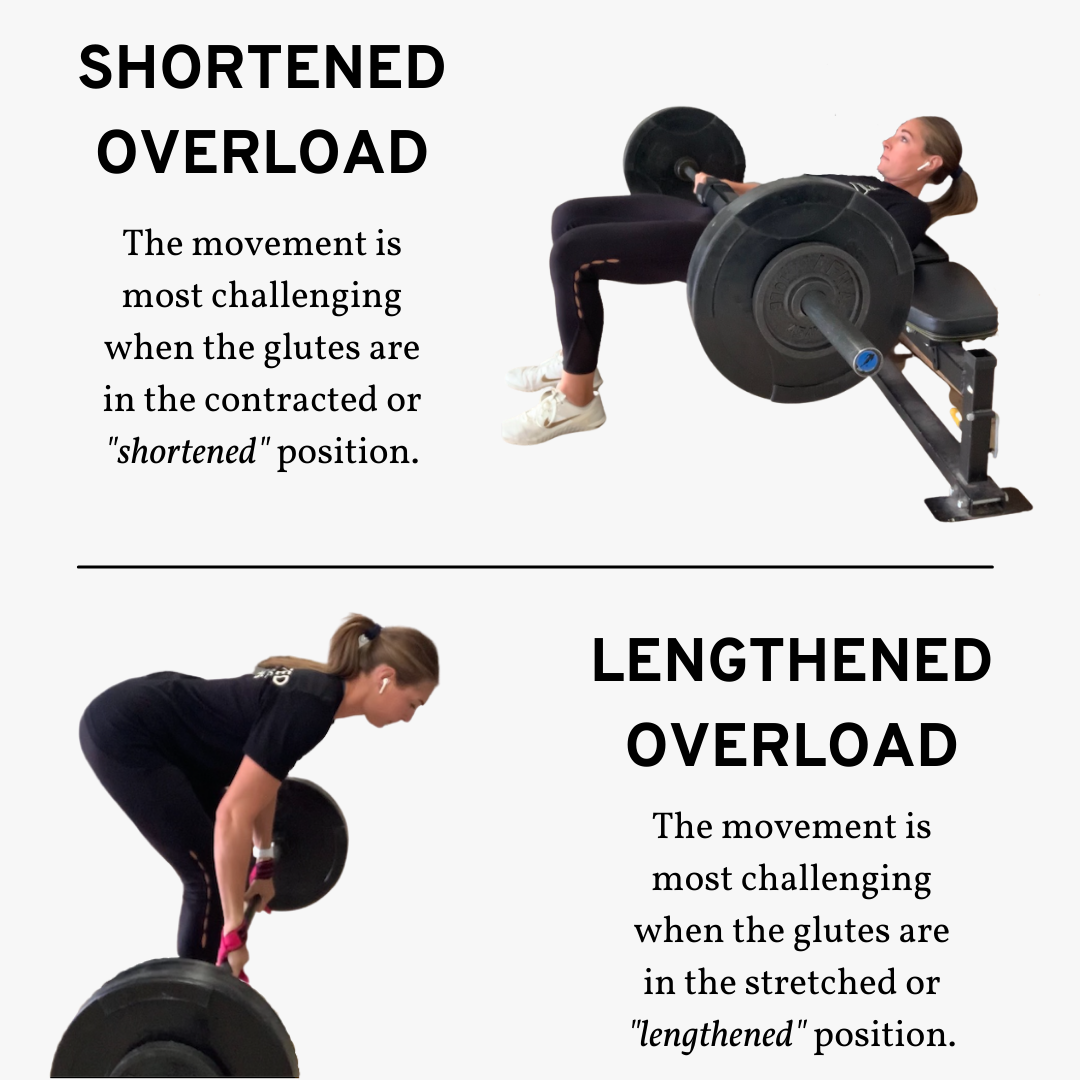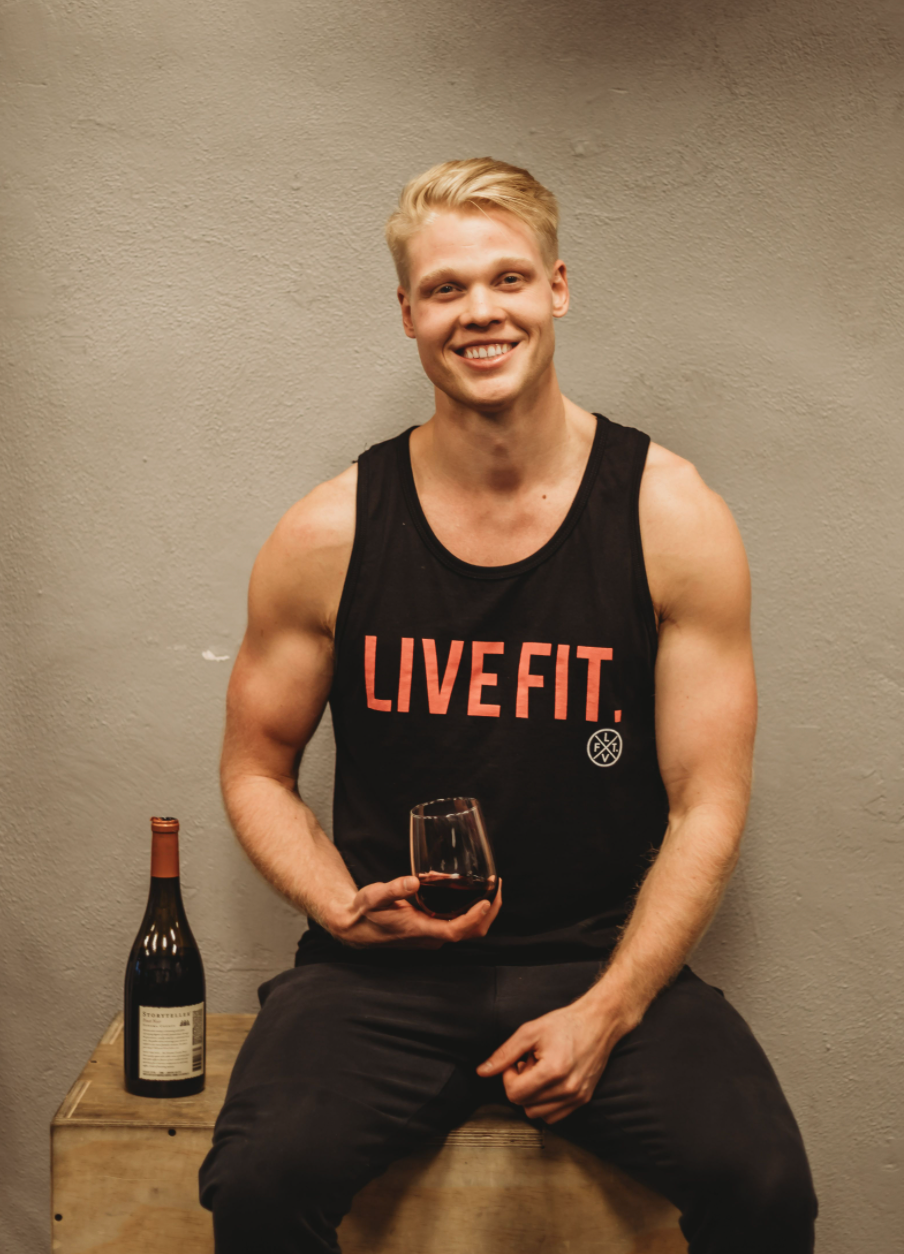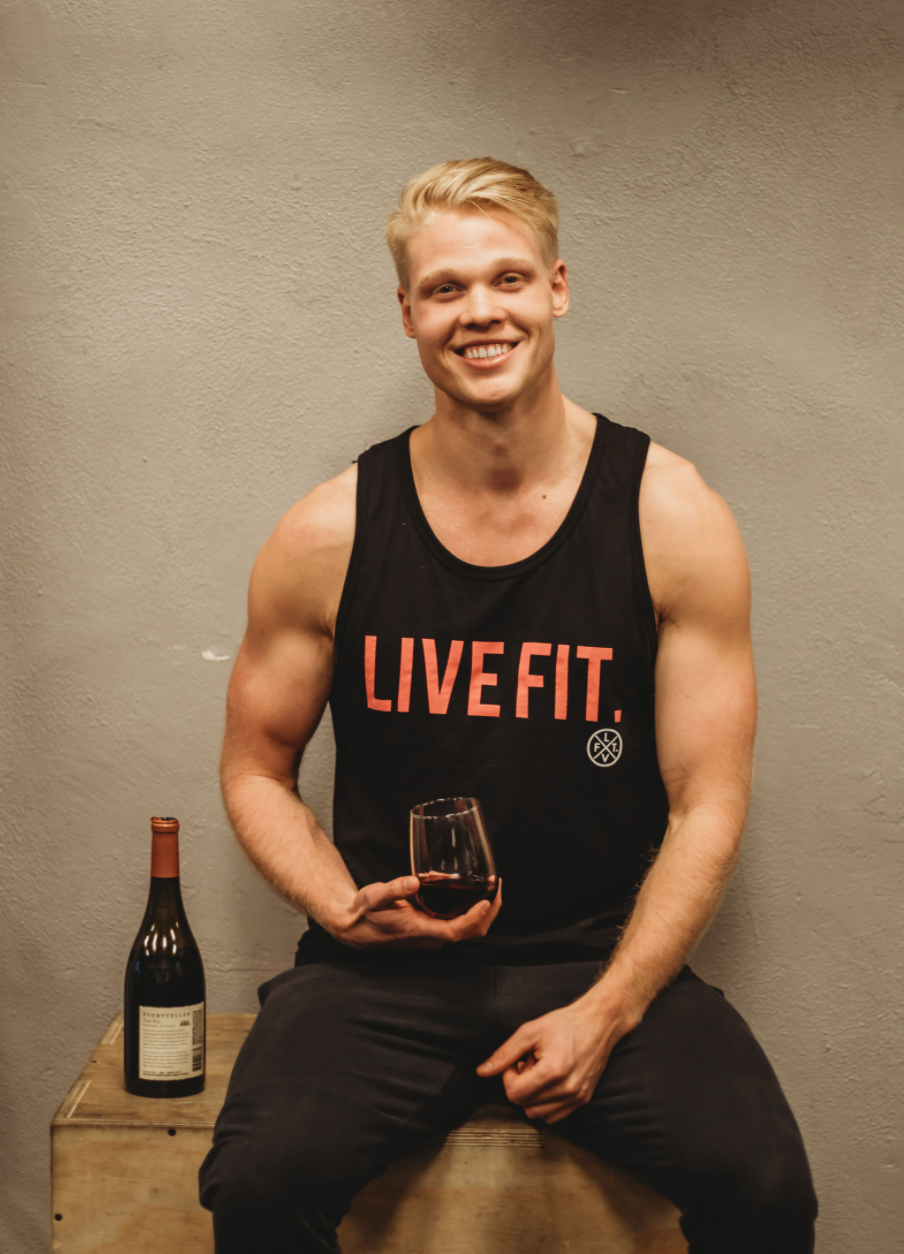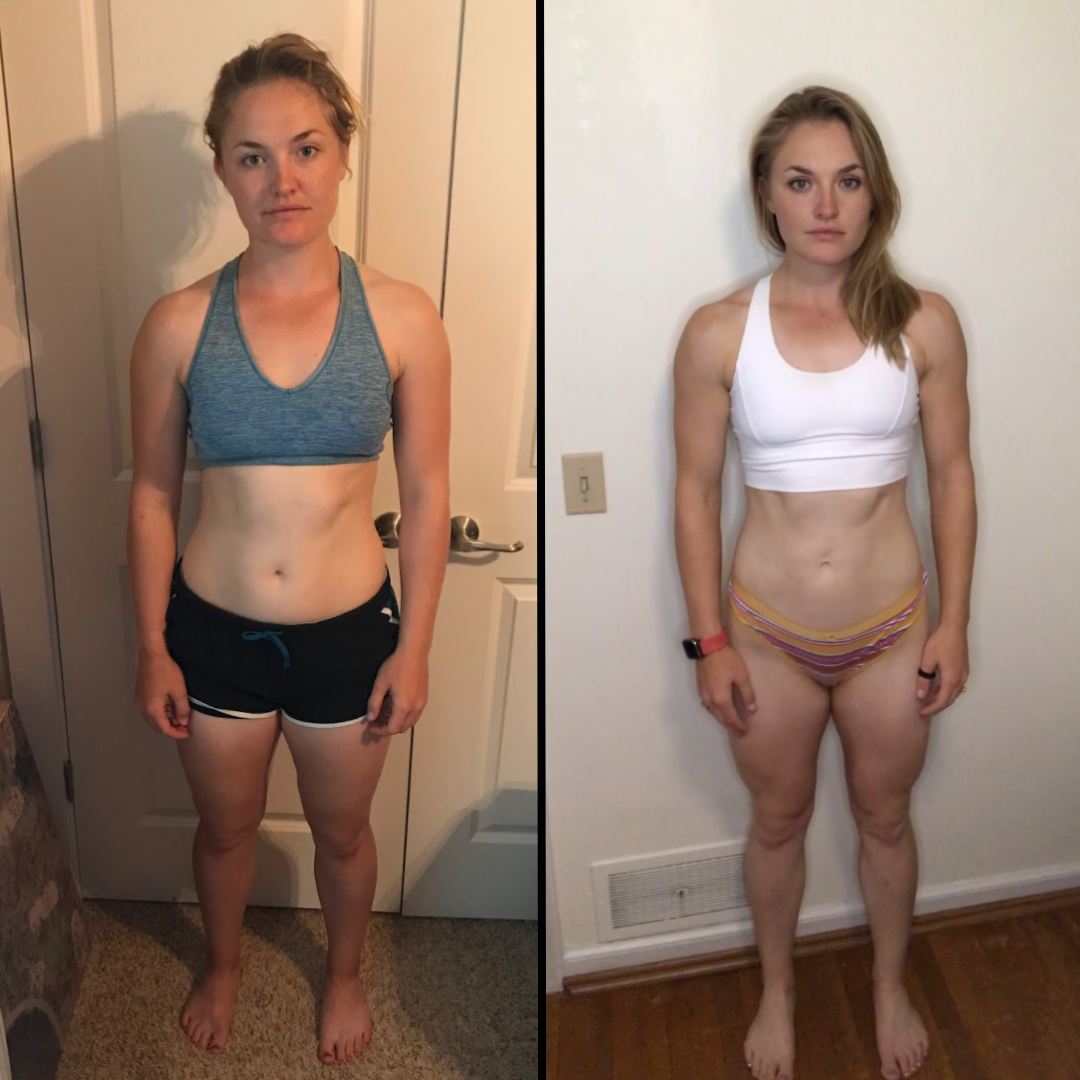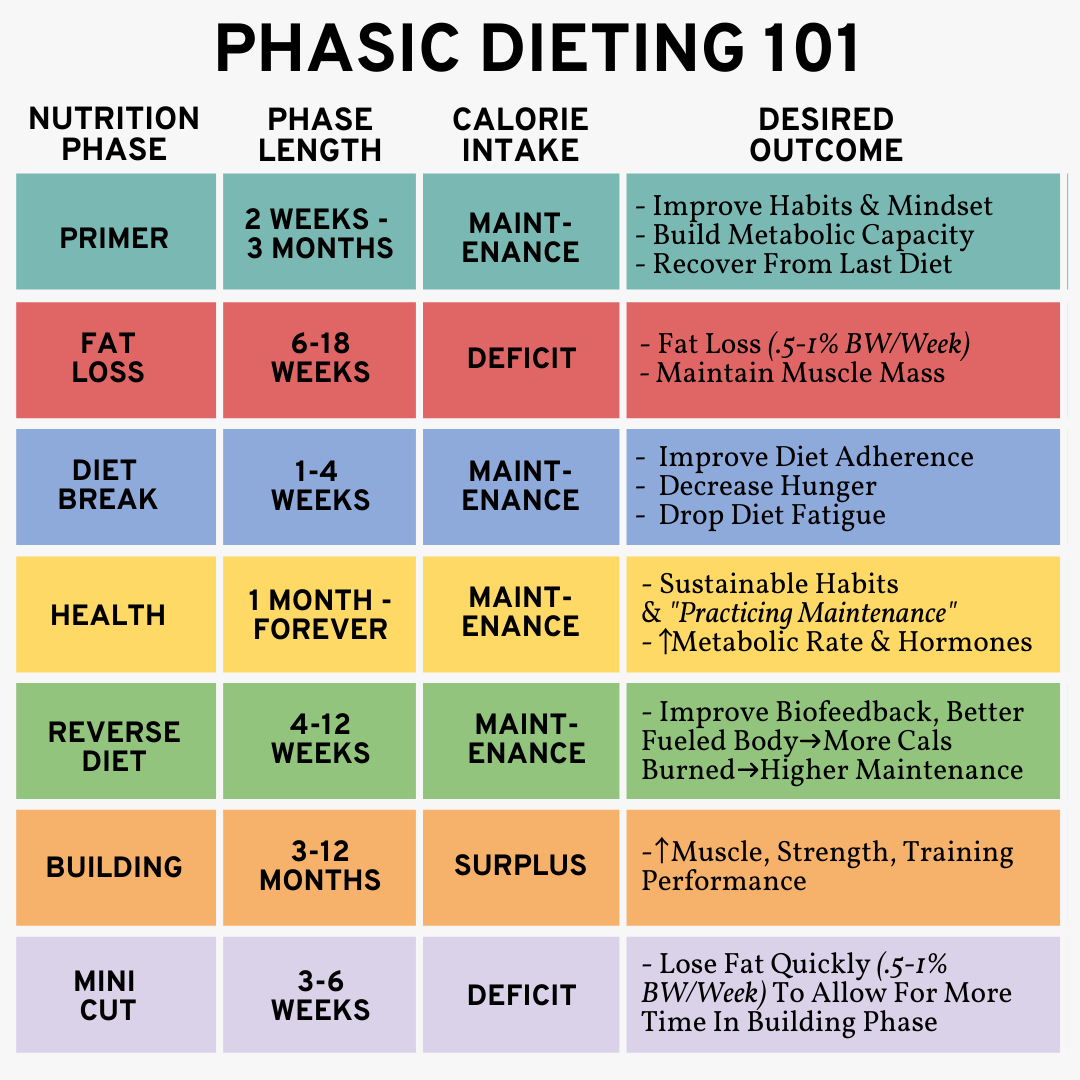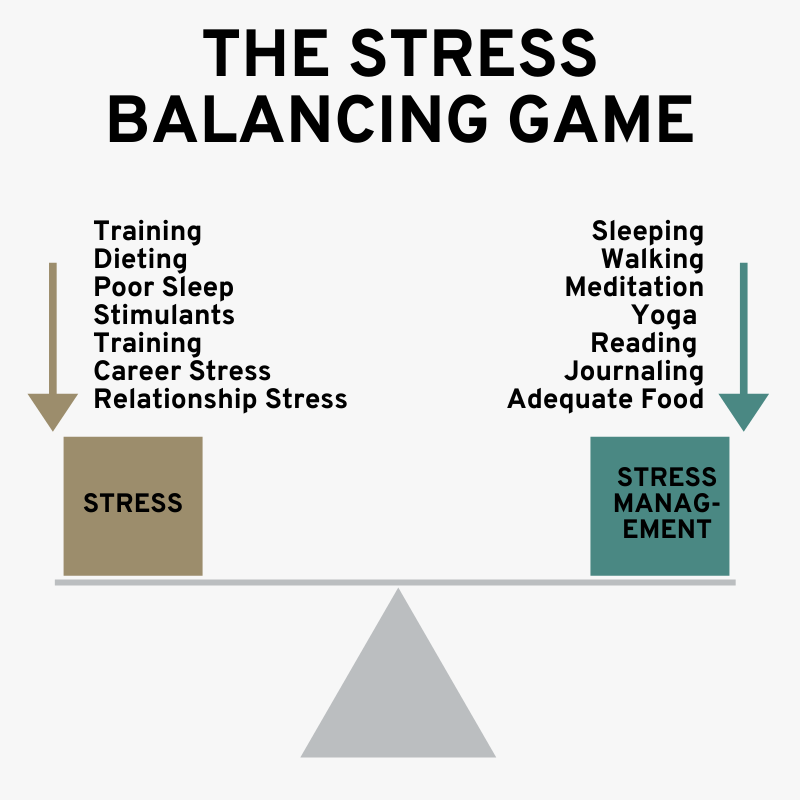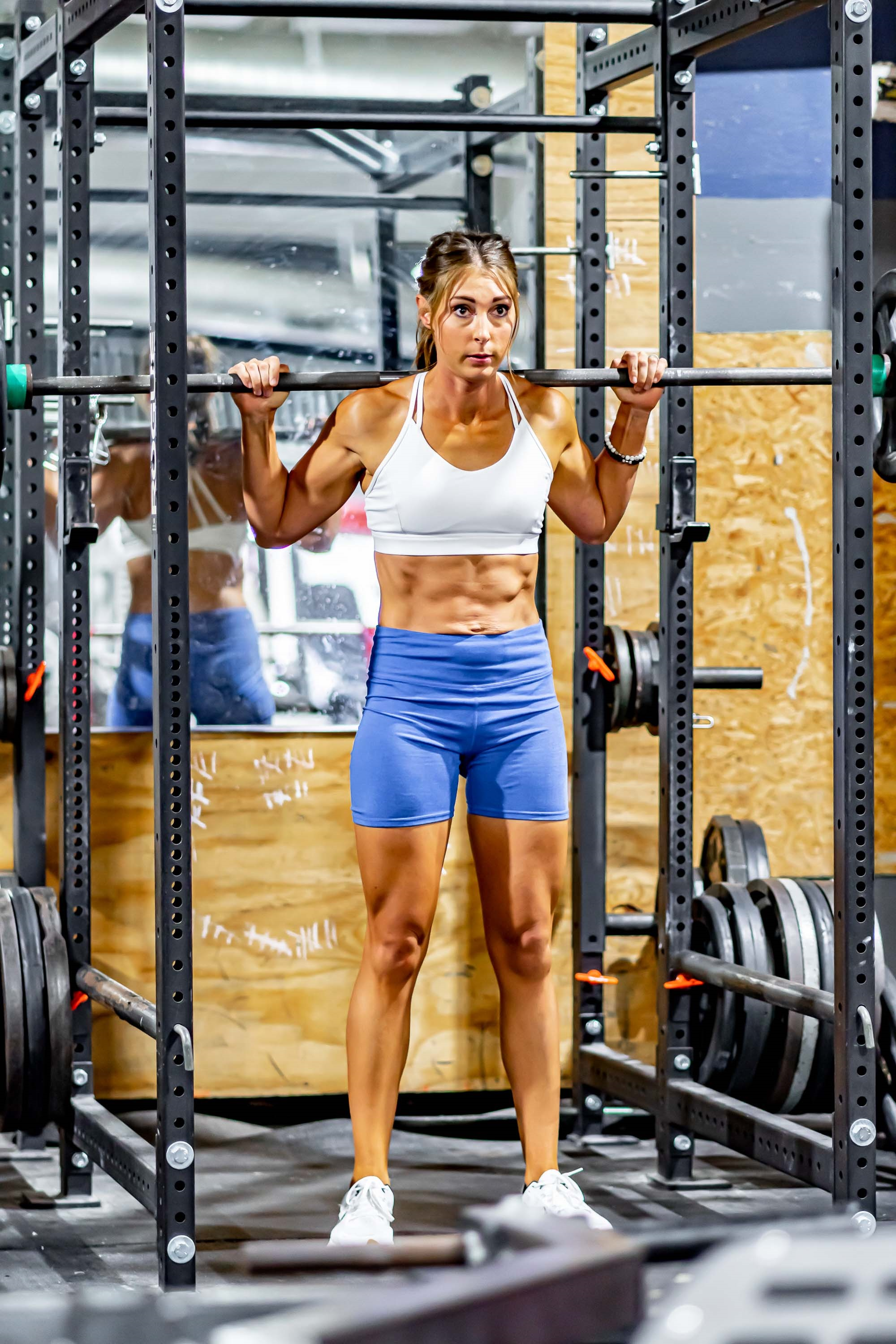The majority of women struggling to build the lean, strong physique they want (despite training consistently and eating healthy) are all making the same few mistakes.
With over 20 years of combined experience, we as a coaching team have identified the seven most common mistakes holding women back from creating the shape they want.
Today's blog not only takes you through these seven mistakes it's highly likely you're making, but also teaches you the solutions we give the women we coach, so that you can finally start seeing the results you want.
Rather listen than read? Click here to listen to the podcast version of this blog.
MISTAKE 1: NOT CHOOSING THE RIGHT EXERCISES OR GOING CLOSE ENOUGH TO FAILURE
First, it's important to understand that there are a lot of HIIT-style classes where you may technically “get to failure” on a movement, but it’s often using the wrong exercises.
For example, if you’re doing a “squat-to-overhead press”, you might reach failure with your shoulders... but more often than not it’s your cardiovascular system that’s actually failing.
In application, we typically see women on one of two ends of the spectrum:
1: Somebody's taking things too far to where they’re always training to failure, and can’t recover from the amount of stress they're putting on their body.
2: While you have been training, you don’t actually consider how close to failure you are... you just stop when you hit the top end of the prescribed rep range, without considering how close to failure the set actually was.
So why is this a problem?
The closer you take a set to failure, the more muscle fibers you recruit and fatigue. It’s thought that the last few reps of a set are by far the ones you get the most out of (these are the most "effective reps"), because they do the most to disrupt homeostasis and spark new muscle growth.
But if you’re consistently stopping with more than 3 reps in the tank (which is very common), most of your sets are actually going to do very little to stimulate muscle growth.
This means that while you may be doing a lot of sets in the gym... you're doing very little to actually stimulate new lean muscle growth. So the most effective place to spend most of your time is likely ending most sets with 1-2 reps in the tank.

Another thing we've noticed as a team is that typically, women are much better at taking their upper body training sets to failure, but initially are much further off when it comes to lower body movements.
Upper body pressing movements especially are easier to take to failure because you're usually in an extremely more stable position (i.e in a chest press), and often involve less overall musculature being worked (so are a bit less exhausting to really take to the point where you’re near failing).
If we compare this with a barbell squat, you have lots more variables than can make it a bit “harder”:
→ It’s more challenging for your cardio system
→ It’s more demanding for your core
→ You’re burning through more energy when using the large muscle groups of your quads and hamstrings
→ Your upper back is largely involved to support the bar
All of this means that you can start to feel tired well before you actually are closer to muscular failure in the target muscle group.
So it’s important to understand that as a whole, lower body focused compound lifts will generally feel more tiring, but you must consider:
“How close am I to truly being able to not do another rep with good form?” vs. just stopping when the movement is starting to feel tiring.
Exercise selection is also an important variable here.
For example, if we compare a hack squat vs. a barbell back squat:
→ HACK SQUAT: You basically put your feet on the platform, shoulders under the pads, and move up & down in a straight line. So you’re essentially “locked in” to a specific plane of movement.
The primary variable here is the fatigue in your quads. You can push much further with less fatigue in other muscles until you get to/very near failure.
→ BACK SQUAT: As mentioned before, there are a lot more variables at play, and often more muscle groups than just the target tissue being fatigued, which can make this a harder movement to take close to failure with the goal of creating a lot of stimulus in one specific muscle group (quads or glutes in this case).
This is a great example of why just focusing on barbell movements isn’t always the best idea.
When the goal is to build lean muscle, it’s often most effective to choose a movement that makes it “simpler” to get close to failure, without all of the overlapping fatigue/thought that would be required for a more complex movement.
Now, this is by no means saying you shouldn’t do movements like barbell back squats. But again specific to building lean muscle, when choosing movements for clients within their individualized training programs (especially for newer clients) we often have the goal of choosing movements that require you to think as little as possible while executing the movement correctly (the hack squat vs. back squat example works perfectly here).
If you just want to see your physique change, and don’t care how much you can back squat, the beauty a movement like the hack squat is that we can basically just say…
“Ok, put your feet here, hit this depth, and take it this close to failure.”…and it’s pretty hard to not do it correctly.
So you as a client can simply focus on the output, rather than stabilizing and all the little nuances of the movement.
If you’re struggling to take your movements close to failure, regressing to simpler variations of the same movement pattern, for example…
Back Squat → Hack Squat or Leg Press
Dumbbell Bench Press → Machine Chest Press
…can be a good way to practice the skill of getting closer to failure.
Later on, you can progress back to more complex variations of the same pattern.
CONCLUDING THOUGHTS:
If you just want to create a smaller version of your body with the same shape, just focus on weight loss.
If you want to actually change the shape of your body, you need to focus on building muscle in the areas where you want to see more shape.
You’ll be able to build lean muscle most effectively when you’re choosing the right exercises, and training relatively close to failure.
MISTAKE 2: OVEREATING FAT, UNDER-EATING PROTEIN & CARBS
Often, we’ll take on new female clients that will start coaching saying something like…
“I eat pretty healthy… I don’t know why I can’t lose body fat!”
Almost always when we dig into these clients food logs, we’ll see them consuming lots of fat-dense foods like nuts, avocados, oils, and peanut butter.
Now, it’s not that these foods are “bad” or should be avoided by any means, but they’re also very calorie-dense.
EXAMPLE:
Peanut butter is often marketed as a good source of protein...
Per 190-210 calories worth of peanut butter, you’ll typically get 6-8 grams of protein.
So getting just 30g of protein here would require eating over 1000 calories of peanut butter.
Ironically, most foods that are marketed as being “health foods” (while again, these are not foods that are “bad” or should be avoided) for containing protein or healthy fats, are typically very high in calories.
So when it comes to fat loss, just focusing on “eating healthy” often isn’t an effective strategy.
In a situation like this, it’ll usually be advantageous to shift the focus within your macro intake to:
1: MORE PROTEIN - Protein is the building block of lean muscle. Without enough of it, you’ll be under-recovered and struggle to change the shape of your physique. It also burns more calories during the process of digestion than fat or carbs (which is helpful in the fat loss process).

2: MORE CARBS - These are your body’s preferred fuel source for strength training geared towards building lean muscle, so with adequate carbs you’ll be able to push yourself harder and recover better - again, very advantageous for changing the shape of your physique.
Again, it's important to understand that none of this is to say that you shouldn’t eat fat - you need dietary fat for health, so it’s absolutely not something that should be entirely avoided.
As a whole, the above is why the women we work with track their macros (at least for awhile).
Just trying to “eat healthy” without tracking your intake is like driving a car without a fuel gauge and saying…
“Well, I put gas in it sometimes! I don’t know why it’s not fueled the way I want it to be.”
MISTAKE 3: NOT BEING PATIENT
It’s so easy to fall into the trap of wanting instant results... especially in a world where you’re constantly marketed to with two week quick-fixes and 30 day challenges.
But the reality is, creating sustainable change requires learning new habits, new approaches to the way you’re training, and new approaches to the way you’re eating.
It requires lifestyle change.
And a complete lifestyle change + undoing old habits rarely happens in 30 days.
An unfortunately common mistake many women make is immediately giving up after seeing the scale spike for a single day, or after not seeing dramatic results in the matter of a week.
On a similar note, something we often address on the initial call with clients is the thought that…
“I (the client) want to keep doing the exact same thing I’ve been doing - I don’t want to change the way I’m eating or training - but because I want to pay someone to be a coach, I expect a different result.”
A great example of this is a female that’s been dieting for years and still can’t get the physique she wants… but wants to continue trying to diet upon starting coaching.
This often leads to a conversation around setting aside what sounds most appealing short-term (continuing to try to lose fat) for what will actually get you the results you want in a sustainable manner long-term.
In this case, that likely means we need to take some time away from dieting and to focus on teaching you how to fuel your body, restore health, and focus on building metabolic rate and muscle… and really, you might not lose much fat (if any) for the next 3-4 months.
But, by doing this we’re going to ensure that your body is actually in a good place to diet. And when we do start a fat loss phase...
- Your body will respond better
- You’ll see quicker results
- Maintaining those results will be more sustainable
...and you’ll love the lean, defined physique you have at the end of the process.
Or, you can keep trying to grind away at what you’re currently doing, and continue to not see any results.
MISTAKE 4: BEING TOO ATTACHED TO A SPECIFIC WEIGHT ON THE SCALE
Oftentimes this will come up as…
“In high school or college I weighed ___, and I felt great at that weight, so that’s the weight I need to get back to again to feel great in my body.”
Here, it’s important to remember that one of the biggest keys to changing the shape of your physique is adding lean muscle to your frame.
Because what we’ve seen over & over again with the women that we work with is that they don’t initially have enough muscle to have the shape they want - so usually, adding more lean muscle is a crucial part of the transformation process.
But you must realize that adding muscle to your frame also adds weight to your frame (which definitely isn’t a bad thing).
So usually, when the women we work with achieve their goal physique, it’s almost always heavier than the number they’d initially expect to see on the scale.
This is an especially common struggle when going through a building phase.
Here, our goal is to add lean muscle - so that after going through a subsequent fat loss phase - you’ll be very lean and your body will have more shape (but again, adding lean muscle literally requires adding weight and muscle mass to your frame).
Understand that this also means that as you continue to change shape, our goal is for you is to literally get heavier over the course of time.
Let's say that at the end of this fat loss phase, you’re a few pounds heavier than at the end of your last fat loss phase despite looking leaner - we know that we’ve added more lean muscle to your frame between fat loss phases, and your shape will have improved.
So the most important thing to understand here is that 99% of the time, just focusing on weight loss won’t get you the result you want.
Because really, you don’t want to just see your body get smaller.
You want to literally change the SHAPE of your body, and look lean & strong - not just skinny.
And while losing weight will shrink your body… to actually change the shape of your physique and increase definition, you need to build lean muscle.
So if you’re always ONLY focused on seeing the scale drop quickly & disregard building lean muscle, you’ll struggle to build the physique you want.
Because adding lean muscle to your frame also adds weight to your frame.
Focus on achieving your goal physique, not your goal weight. Because even at the same weight, your physique can look much different as you add muscle and reduce fat.
A great example of this from our very own Coach Julie:

MISTAKE 5: THINKING MORE IS ALWAYS BETTER
This is especially relevant to training → because it’s easy to show up to the gym and do endless sets, reps, movements, and telling yourself you should get the result you want because you spent lots of time in the gym… rather than pushing yourself hard on 4-7 movements.
It’s incredibly rare that a client starts coaching with us that actually needs to spend more time in the gym than she was previously to get a better result.
As you may have experienced yourself, many women are struggling to get the lean, strong physique they want… despite training 5-6x/week.
Upon starting coaching, we’ll often pull back to 3-4x/week. Which usually yields the question:
“I wasn’t seeing results training 6x/week… why would I get better results from doing LESS?”
The thing to understand... when it comes to building a lean, strong physique, sometimes less is more.
Here's why women can often achieve better results by spending less time in the gym after starting coaching with our team:
1: THE SRA CURVE

After experiencing the stress/stimulus of a hard training session, there’s a large amount of recovery that must happen simply to get your muscles recovered back to their previous baseline → this has to happen before new growth can occur.
Some women are actually doing too much, which leads to your muscles barely being able to recover enough to get back to their previous baseline, due to the large amount of fatigue created in your training.
Now, some people actually just need to push harder (as we’ve already discussed)… but this is usually a matter of pushing harder within 4-7 movements on 3-4 training days per week.
On the flipside, if you’re constantly crushing yourself in the gym but not seeing progress, doing less work so that you can actually recover may help.
2: SENDING THE RIGHT SIGNAL
If you've been doing lots of HIIT training or workouts focused on burning calories with relatively light weights, while it’ll feel like you’re working hard, these workouts are inefficient for actually sending your body the signal to build muscle.
So when you actually start following a program geared specifically towards building lean muscle, the “signal” sent to your body for muscle growth will actually be much larger per session than before (meaning you need to do less overall for more muscle growth).
3: YOUR EXECUTION IS IMPROVING
The best training program on paper won’t yield the results you want if you’re not executing the prescribed movements in the intended manner.
This is why getting consistent form videos from the women we work with is a huge part of our coaching service.
Better technique means getting a stronger “signal” for muscle growth out of every set you do, which again often means we need to do less overall sets than you were before.
MISTAKE 6: UNDER-EATING
Calling the most common way we see this manifest “under-eating” isn’t entirely accurate, as really how typically looks is…
→ MONDAY - THURSDAY: You eat very little (<1200 calories per day).
→ FRIDAY - SUNDAY: You got out to eat 2-3x/day, and often don’t track your food intake at all.
The problem here is, you’re putting your body in a situation where it almost always feels like you’re dieting… this means you really struggle to recover from your training, build lean muscle, and experience some metabolic down-regulation.
But thanks to the weekends, your calorie intake is actually averaging out to the point where you’re still not losing any fat... despite feeling like you’re constantly dieting.
If you shift your focus to fueling your body during the week (especially on the days you’re training):
1. You won’t feel like you need to “go off the rails” entirely when the weekend comes. It’s much easier to practice moderation and keep your nutrition in check while still enjoying a date night.
2. You’ll have more energy and less hunger through the week.
3. You’ll get much better results in terms of changing the shape of your body, as you’ll actually be feeding it the calories it needs to grow new lean muscle during the week, and will be better supporting your health.
Often times this is a large mindset shift for new clients, as again, despite the fact that you feel like you’re under-eating, your weekends are more than making up for the low calories during the week.

MISTAKE 7: NOT COMMUNICATING WITH YOUR COACH
Coaching is a collaboration between you and your coach.
Our job is to meet you where you’re at, interpret the data, and help make the best decision as to whether we need to change the plan or stay the course.
But if you’re not communicating with us when you’re struggling, or not filling out the data in your metric tracker... we as coaches have no way to actually know where your body composition is at, nor do we have any insight into what we can adjust to help you achieve a better result going forward.
On a similar note, I was on a call with a new client recently. We were discussing why she had left her previous coaching relationship, and I asked the question:
“What needs to happen differently for this to be more successful than your last coaching relationship?”
For her, it came down to seeing that she wasn't fully transparent with her coach about where/when she was struggling. She was scared he’d be disappointed she didn’t hit her targets, and was already disappointed in herself.
It's important to understand is that we as coaches won’t be mad or disappointed if you weren’t on track... in fact, things like this are the exact reason coaches exist.
If people just needed information on how to set macros, you could just read blogs or listen to podcasts and get great results… but it never works out like that (but definitely keep reading this blog).
Because one of the biggest parts of our job as coaches is helping you troubleshoot all of the random obstacles that pop-up in your everyday life and navigate the hurdles you create in your own head.
The clients that communicate well always get good results. But communication can’t be one-sided.
As your coaches, we'll always explain to you why we’re doing what we’re doing, make sure you understand why it’s working (and how to do it on your own in the future), and reach out when we haven’t heard from you.
But you as a client must take the responsibility to communicate well with us in turn - letting us know where you’re struggling, what went well, and as a whole being transparent about how things are going - if you do this, then we know exactly how to adjust thing and help you continue to get great results.
We won’t be disappointed if you didn’t stick to the plan perfectly... we will be disappointed if you don’t communicate with us, which prevents us from being able to fully help you achieve the level of results we know you’re capable of.
Now, if you're ready to stop collecting information and start transforming your body with an individualized plan and the accountability of a 1:1 coach, click here now to apply for online coaching with our team.
We apply proven, science-backed nutrition & training methods through individualized coaching to help you get the body you want, and teach you on how to keep it for a lifetime (without us).







